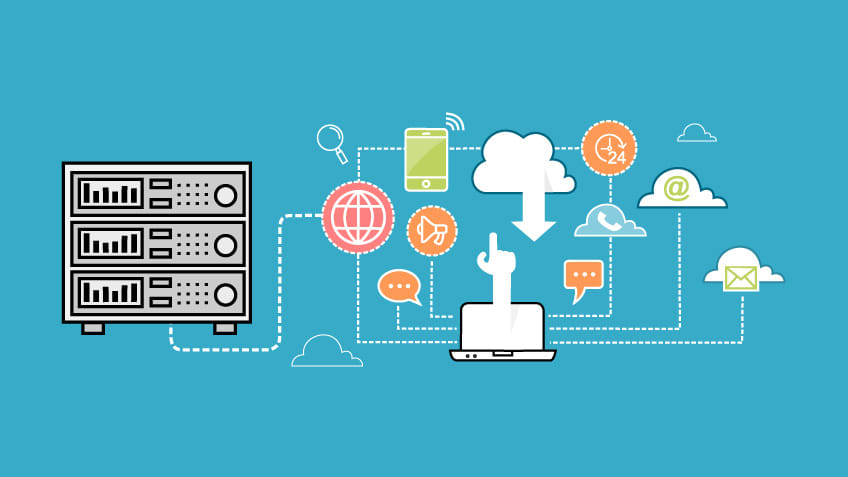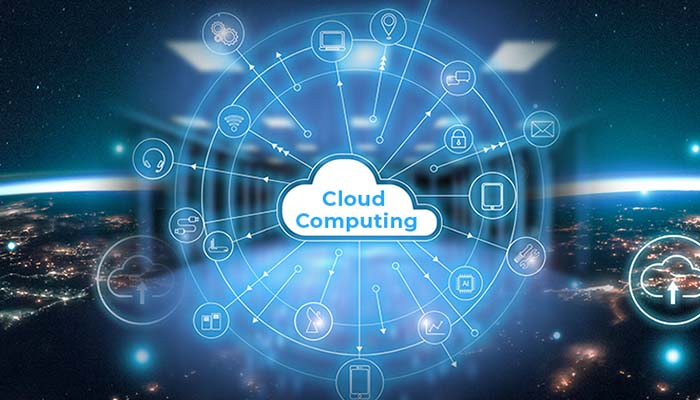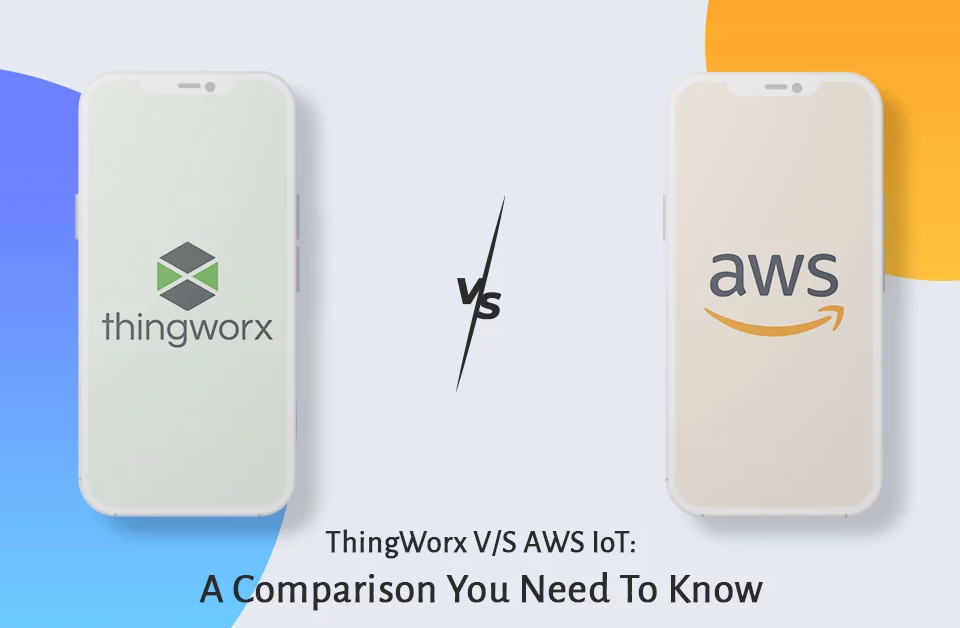Cloud Computing

WordPress VS Drupal
16th October 2019
Polymer Memory
18th October 2019Cloud computing is the on-demand availability of computer system resources, especially data storage and computing power, without direct active management by the user. The term is generally used to describe data centers available to many users over the Internet. Large clouds, predominant today, often have functions distributed over multiple locations from central servers. If the connection to the user is relatively close, it may be designated an edge server.
Clouds may be limited to a single organization (enterprise clouds), or be available to many organizations (public cloud).
Cloud computing relies on sharing of resources to achieve coherence and economies of scale.
Advocates of public and hybrid clouds note that cloud computing allows companies to avoid or minimize up-front IT infrastructure costs. Proponents also claim that cloud computing allows enterprises to get their applications up and running faster, with improved manageability and less maintenance, and that it enables IT teams to more rapidly adjust resources to meet fluctuating and unpredictable demand Cloud providers typically use a “pay-as-you-go” model, which can lead to unexpected operating expenses if administrators are not familiarized with cloud-pricing models.
The availability of high-capacity networks, low-cost computers and storage devices as well as the widespread adoption of hardware virtualization, service-oriented architecture and autonomic and utility computing has led to growth in cloud computing. By 2019, Linux was the most widely used operating system, including in Microsoft’s offerings and is thus described as dominant.The Cloud Service Provider (CSP) will screen, keep up and gather data about the firewalls, Intrusion identification or/and counteractive action frameworks and information stream inside the network.
Cloud computing deployment models
Private cloud services are delivered from a business’s data center to internal users. This model offers the versatility and convenience of the cloud, while preserving the management, control and security common to local data centers. Internal users may or may not be billed for services through IT chargeback. Common private cloud technologies and vendors include VMware and OpenStack.
In the public cloud model, a third-party cloud service provider delivers the cloud service over the internet. Public cloud services are sold on demand, typically by the minute or hour, though long-term commitments are available for many services. Customers only pay for the CPU cycles, storage or bandwidth they consume. Leading public cloud service providers include Amazon Web Services (AWS), Microsoft Azure, IBM and Google Cloud Platform.
A hybrid cloud is a combination of public cloud services and an on-premises private cloud, with orchestration and automation between the two. Companies can run mission-critical workloads or sensitive applications on the private cloud and use the public cloud to handle workload bursts or spikes in demand.The goal of a hybrid cloud is to create a unified, automated, scalable environment that takes advantage of all that a public cloud infrastructure can provide, while still maintaining control over mission-critical data.

In addition, organizations are increasingly embracing a multicloud model, or the use of multiple infrastructure-as-a-service providers. This enables applications to migrate between different cloud providers or to even operate concurrently across two or more cloud providers. Organizations adopt multicloud for various reasons. For example, they could do so to minimize the risk of a cloud service outage or to take advantage of more competitive pricing from a particular provider. Multicloud implementation and application development can be a challenge because of the differences between cloud providers’ services and application program interfaces (APIs). Multicloud deployments should become easier, however, as providers’ services and APIs converge and become more homogeneous through industry initiatives such as the Open Cloud Computing Interface.
Cloud computing characteristics and benefits
Cloud computing boasts several attractive benefits for businesses and end users. Five of the main benefits of cloud computing are:
- Self-service provisioning: End users can spin up compute resources for almost any type of workload on demand. This eliminates the traditional need for IT administrators to provision and manage compute resources.
- Elasticity: Companies can scale up as computing needs increase and scale down again as demands decrease. This eliminates the need for massive investments in local infrastructure, which may or may not remain active.
- Pay per use: Compute resources are measured at a granular level, enabling users to pay only for the resources and workloads they use.
- Workload resilience: Cloud service providers often implement redundant resources to ensure resilient storage and to keep users’ important workloads running — often across multiple global regions.
- Migration flexibility: Organizations can move certain workloads to or from the cloud — or to different cloud platforms — as desired or automatically for better cost savings or to use new services as they emerge.
Types of cloud computing services
Although cloud computing has changed over time, it has been divided into three broad service categories: infrastructure as a service (IaaS), platform as a service (PaaS) and software as a service (SaaS).

IaaS providers, such as AWS, supply a virtual server instance and storage, as well as APIs that enable users to migrate workloads to a VM. Users have an allocated storage capacity and can start, stop, access and configure the VM and storage as desired. IaaS providers offer small, medium, large, extra-large and memory- or compute-optimized instances, in addition to customized instances, for various workload needs.
In the PaaS model, cloud providers host development tools on their infrastructures. Users access these tools over the internet using APIs, web portals or gateway software. PaaS is used for general software development, and many PaaS providers host the software after it’s developed. Common PaaS providers include Salesforce’s Force.com, AWS Elastic Beanstalk and Google App Engine.
SaaS is a distribution model that delivers software applications over the internet; these applications are often called web services. Users can access SaaS applications and services from any location using a computer or mobile device that has internet access. One common example of a SaaS application is Microsoft Office 365 for productivity and email services.
Emerging cloud technologies and services
Cloud providers are competitive, and they constantly expand their services to differentiate themselves. This has led public IaaS providers to offer far more than common compute and storage instances.
For example, serverless, or event-driven computing is a cloud service that executes specific functions, such as image processing and database updates. Traditional cloud deployments require users to establish a compute instance and load code into that instance. Then, the user decides how long to run — and pay for — that instance.
With serverless computing, developers simply create code, and the cloud provider loads and executes that code in response to real-world events, so users don’t have to worry about the server or instance aspect of the cloud deployment. Users only pay for the number of transactions that the function executes. AWS Lambda, Google Cloud Functions and Azure Functions are examples of serverless computing services.
Public cloud computing also lends itself well to big data processing, which demands enormous compute resources for relatively short durations. Cloud providers have responded with big data services, including Google BigQuery for large-scale data warehousing and Microsoft Azure Data Lake Analytics for processing huge data sets.
Another crop of emerging cloud technologies and services relates to artificial intelligence (AI) and machine learning. These technologies build machine understanding, enable systems to mimic human understanding and respond to changes in data to benefit the business. Amazon Machine Learning, Amazon Lex, Amazon Polly, Google Cloud Machine Learning Engine and Google Cloud Speech API are examples of these services.
Cloud computing security
Security remains a primary concern for businesses contemplating cloud adoption — especially public cloud adoption. Public cloud service providers share their underlying hardware infrastructure between numerous customers, as public cloud is a multi-tenant environment. This environment demands copious isolation between logical compute resources. At the same time, access to public cloud storage and compute resources is guarded by account login credentials.
Many organizations bound by complex regulatory obligations and governance standards are still hesitant to place data or workloads in the public cloud for fear of outages, loss or theft. However, this resistance is fading, as logical isolation has proven reliable, and the addition of data encryption and various identity and access management tools has improved security within the public cloud.





